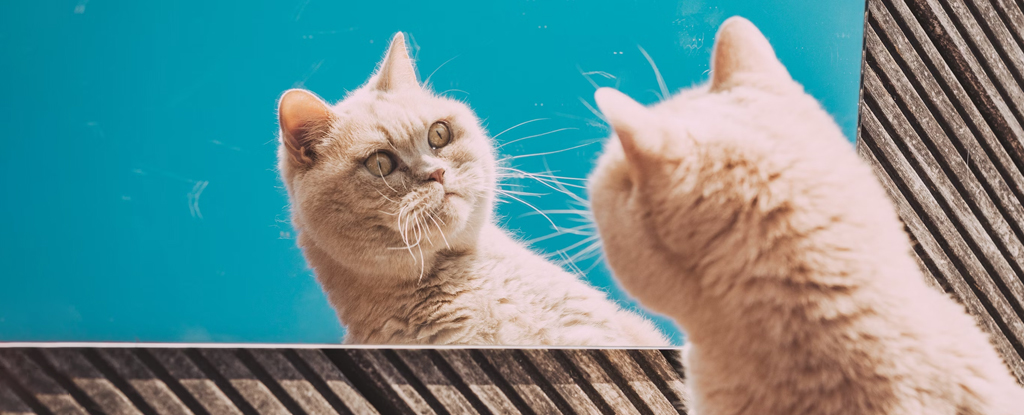Products You May Like
Uncommon Courses is an occasional series from The Conversation US highlighting unconventional approaches to teaching.
Title of course: “The Science of Cats”
What prompted the idea for the course? I’m an evolutionary biologist who has spent my career studying the evolution of small lizards in the Caribbean. I’m also a lifelong cat lover, but it never occurred to me to do anything scientific with house cats.
They’re hard to study – ever tried to follow your cat around to see what they’re doing? And in contrast to amply studied lions, tigers and other wild felines, I was under the impression that there wasn’t any interesting research being conducted on the domestic representative of the cat clan, Felis catus.
Twelve years ago, I learned that I was completely wrong. Thanks to John Bradshaw’s book “Cat Sense” and the BBC’s “The Secret Life of the Cat,” I discovered that ailurologists were using the same cutting-edge methods – GPS tracking, genome sequencing, isotopic analysis – to study domestic cats that I use to study lizards and other researchers use with all manner of other creatures.
Thus was born my class on the science of cats. I’d lure students in with their love of felines and then, when they weren’t looking, I’d teach them how scientists study biodiversity – ecology, evolution, genetics and behavior.
What does the course explore? In essence, the course is about the past, present and future of cats: where they came from, why they do what they do, what the future may hold. And, critically, how we know what we know – that is, how scientists address these sorts of questions.
The course concludes with students writing an original paper or making a mini-documentary. These projects have spanned a vast range of topics in biology and beyond, such as the impact of cats on bird populations, sexism and the crazy cat lady trope, the health effects pro and con of living with felines, the role of hybridization as a creative or constraining force in evolution, the top-down role of larger predators like coyotes and dingoes in controlling cat numbers, and the prospects for new genetic technologies to create allergen-free cats or to curb free-roaming cat populations.
Unexpectedly, the students weren’t the only ones who ended up writing about cats: The class and its themes inspired me to write my own book, “The Cat’s Meow: How Cats Evolved from the Savanna to Your Sofa.”
Why is this course relevant now? Society needs more biodiversity scientists to understand our rapidly changing world. Cats pose scientific questions of broad interest, and they may serve as a gateway introduction to the world of biological research.
What’s a critical lesson from the course? Important research on the natural world does not require traveling to remote corners of the world. Research on common animals in local surroundings – even household pets – can make important advances in basic and applied knowledge.
What materials does the course feature? In addition to reading research papers, we took field trips that were both eye-opening and fun. We went out at the crack of dawn to join a homeless-cat advocate feeding unowned felines in a rundown part of town.
We also learned about cats in ancient times from an Egyptologist, traveled to a cat show to marvel at the diversity of cat breeds, observed wild felines at the Saint Louis Zoo and examined cats in art at university museums.
What will the course prepare students to do? Cat research is the vehicle for students to see the applicability of scientific ideas to animals they know and care for greatly. The course not only requires students to synthesize knowledge from many different fields, but also gets them to think about real-world contemporary debates, such as what to do about outdoor cats and the ethics of breeding.![]()
Jonathan Losos, William H. Danforth Distinguished University Professor, Arts & Sciences at Washington University in St. Louis
This article is republished from The Conversation under a Creative Commons license. Read the original article.
